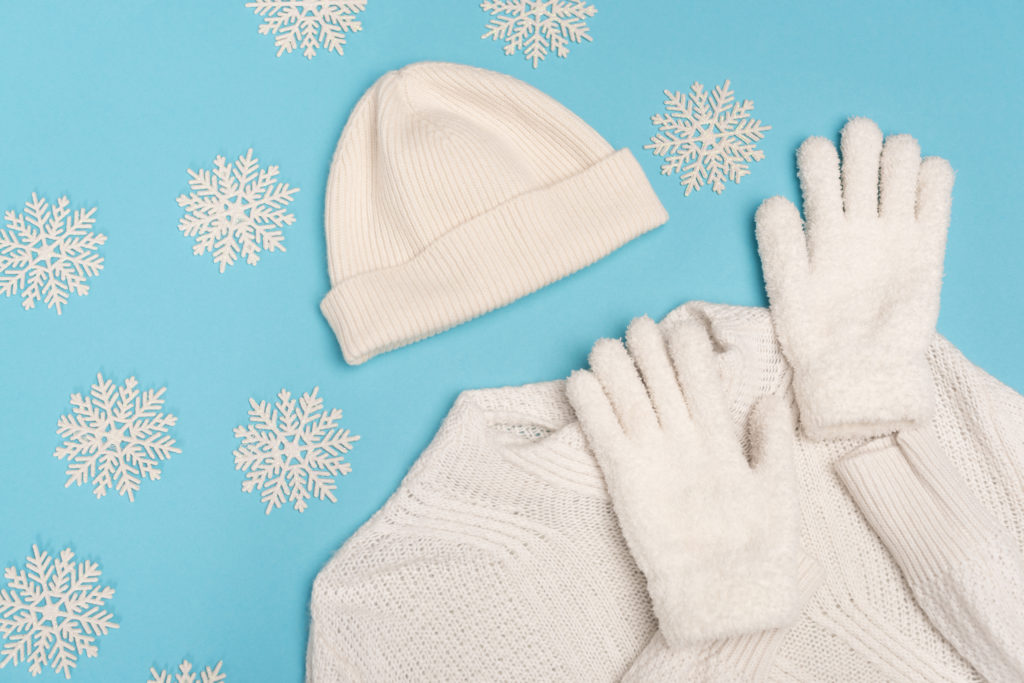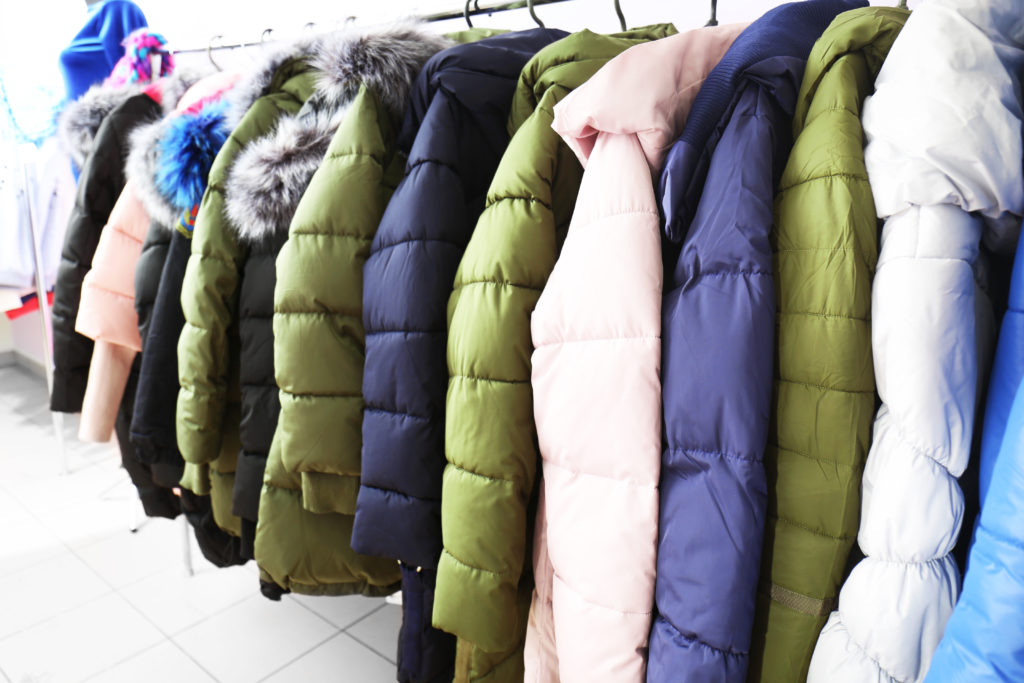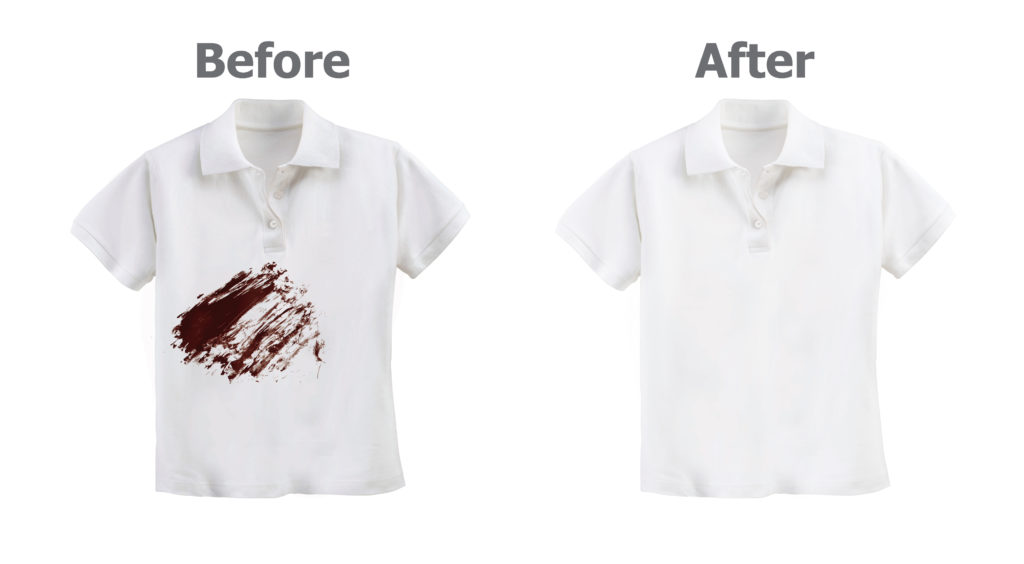- Uncategorized
- 28.01.2021
5 Tips for Using Washer Settings the Right Way
Have you ever wondered what the settings on a washer really mean? You may have avoided turning the dial anywhere other than “Normal” for fear of something unexpected happening to your clothes. But the additional settings offered by washers can make your laundry-washing life easier or provide greater convenience. Here are five tips for understanding the settings on washers so you can use them to get the best results.
A washer’s “Normal” setting is best for your sturdiest clothes. It is also best for white clothing rather than clothes with dye that might bleed. Think white towels, sheets, and other garments. This setting uses the highest temperature for hot and warm washes.
“Permanent Press” is the Goldilocks of washing machines. It uses water at a lower temperature than on a “Normal” cycle, so it is safer for clothes with colors that are prone to leak or fade. It is also shorter than the “Normal” cycle. Permanent Press is still too rough for delicate fabrics, but it is better to use this setting on new clothes, clothes you especially care about, or clothes that you want to last a long time.
As the name suggests, the “Delicate” setting of a washer is best for delicate clothing. You can use this setting for items labeled “hand wash.” Examples include silks, lingerie, and hosiery. The “Delicate” setting keeps water fairly cold to lukewarm, providing the lowest risk of damage from heat. It is also shorter than a Permanent Press cycle, agitating and spinning delicate items less. However, it is important to remember that a washing machine is still a machine, and it will treat your garments more roughly than a human would. You can reduce the risk of damage or wear by placing items in a mesh bag, but it is always safest to hand wash delicate clothing.
The “Fast” or “Short” cycle is a shorter version of the “Normal” cycle. It is best for washing everyday clothing that has only been lightly dirtied. As you might have guessed from the name, the cycle is shorter than others. It is useful if you are in a hurry or simply want to spend less time doing laundry. It should not be used for heavily soiled clothing, such as workout gear, or delicate clothing. One important thing to keep in mind is that the spin cycle is shorter, so heavier fabrics may still come out soaking wet. If that happens, simply put the heavier clothes back in the machine and turn the dial to the spin cycle to remove the rest of the excess water.
The temperature setting is particularly important to use correctly. Hotter water results in cleaner clothes. This is especially important for cleaning synthetic fabrics. Synthetic fabric tends to retain body odors, bacteria, and dirt more strongly and quickly than natural materials. However, hot water is also more likely to cause colors to bleed, and it will cause certain materials—like wool—to shrink. Additionally, hot water can also damage delicate clothing, such as silk garments or clothing with elastic (such as athletic wear).
Although it is always best to check the tags on your clothes for the proper care instructions, there are a few rules of thumb you can follow for temperature settings. Use cold water for dark colors or clothing with dye that is likely to bleed. Use warm water to wash synthetic material, items that are likely to bleed, jeans, and towels. Some knitted garments can tolerate a hot wash, but it is best to use cold water to be safe. Use Hot water for clothing items that are the most heavily soiled, such as cotton socks, underwear, or gardening clothes.






